April Fool's Day

(April 1st) gets it’s name from the custom of playing practical jokes on this day. And the best April Fool’s Day joke of 2006 came when the "Mooney Goes Wild" team fooled the country into believing that a motorway with 10 metre walls on either side was to be created in the Phoenix Park.
April showers bring May flowers!
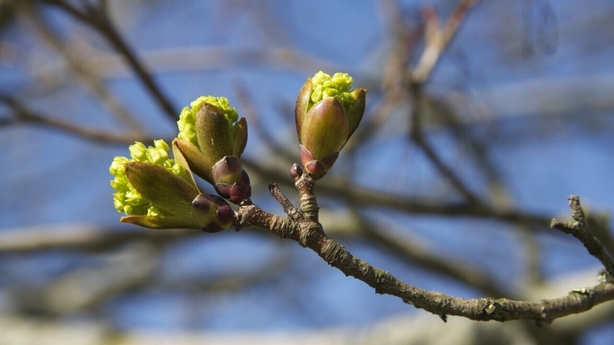
As the days warm up and become longer, growth can be seen all around and to maintain that growth water is needed, so rain at this time of year is very welcome indeed. New Spring leaves burst into life. These leaves are the factories that convert the energy of sunlight into sugars and proteins. Look at the trees in your local park. Swollen buds with fresh young leaves emerging.
Foxes:
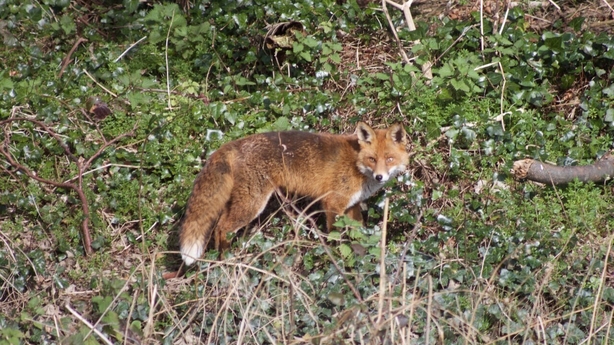
Female foxes give birth in March and she seldom leaves them but in late April, they bring them above ground for the first time. From now until July, foxes are most active during the day and they tend to be more vocal. Urban foxes are very common in Dublin. They are found throughout the city and suburbs. Foxes can be seen at night roaming Grafton St. and O'Connell St., with dens near Dáil Eireann. In the suburbs, foxes do best in estates with large gardens. Areas like Sandymount have very high densities of foxes but they are also found in industrial estates and in some council housing areas. These days Dublin probably has a similar density of urban foxes to English cities like Bristol or London.
The importance of Dandelions:
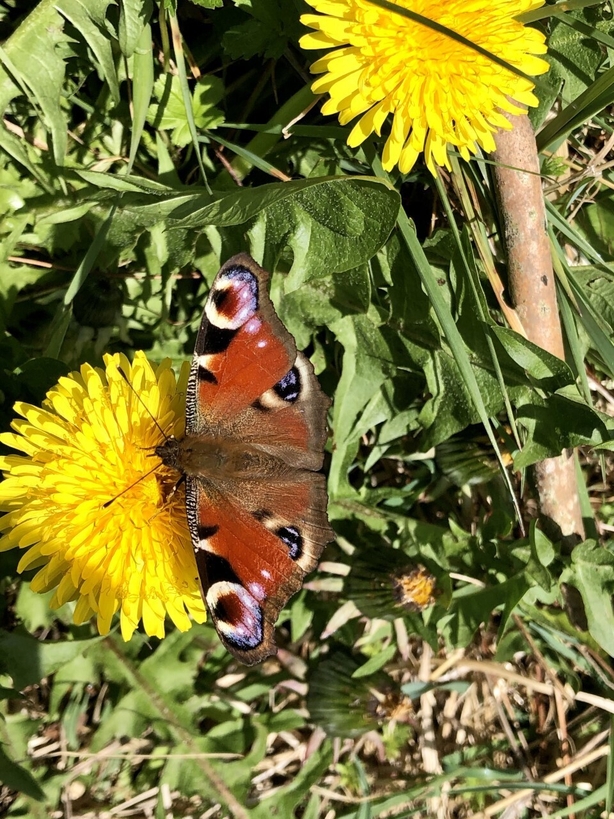
Our dandelions are well in flower now and they are an extremely important food source for our bumblebees and early butterflies. Recently we have begun to understand the importance of this plant to our insects and initiatives such as "No Mow May" and "Let Dandelions Bee" have seen the numbers of flowers and insects rise again. If you can, do try and leave some of these wild flowers survive in the garden. You will be amazed at the variety of butterflies and bees that will visit.
Bluebells:
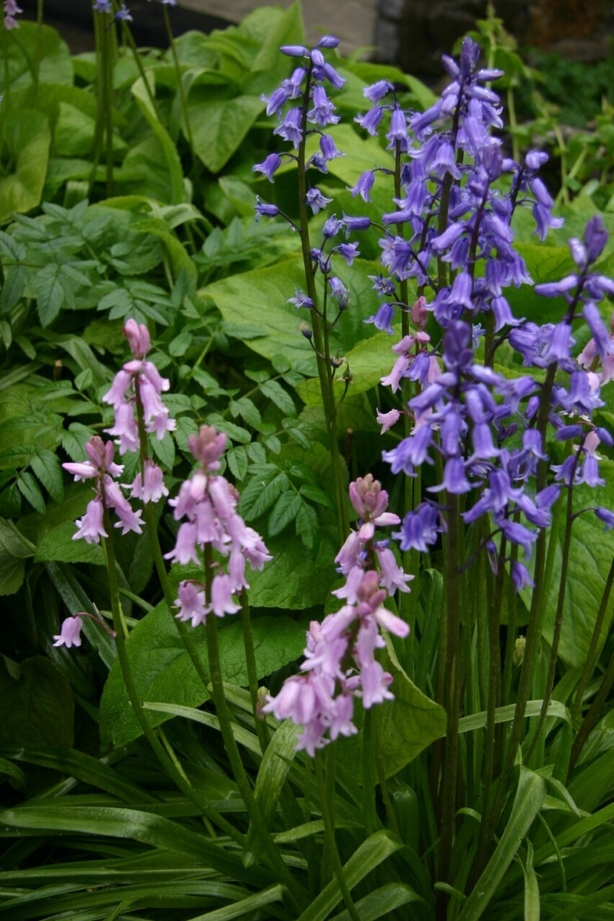
At this time of year, if you visit a local wood you should see glorious carpets of bluebells. It’s easy to see why they are called bluebells, but believe it or not, in Scotland another plant (the Harebell) is called the bluebell. This shows the importance of correctly naming plants and animals (the science of Taxonomy) and the Father of Taxonomy is Carl Linnaeus a Swedish scientist who spent most of his life classifying plants and animals. His system is known as the binomial system. It is in Latin and each organism is known by two words. Bluebells are Hyacinthoides non-scripta. And not all bluebells are blue. Very occasionally, within a population of bluebells, genetic mutations can occur giving rise to pink or white flowers, like the ones shown here.
The cuckoo flower:
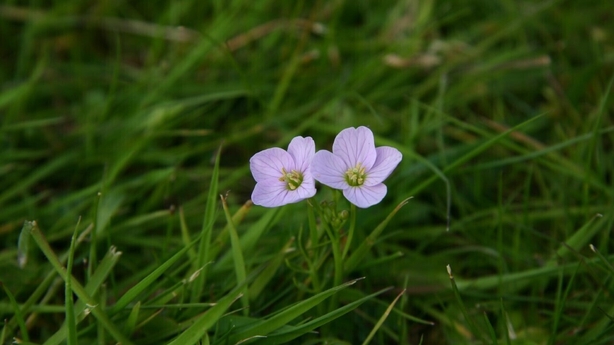
The cuckoo flower starts to flower this month. It is also known as 'Lady's Smock' as the flower was said to resemble a milkmaid's smock. Cuckoo Flowers were believed to be sacred to fairies and so it was believed to be unlucky to bring this flower inside. It gets its name because the flower appears in the spring, about the time the Cuckoo bird starts to sing.
Cuckoo spit:
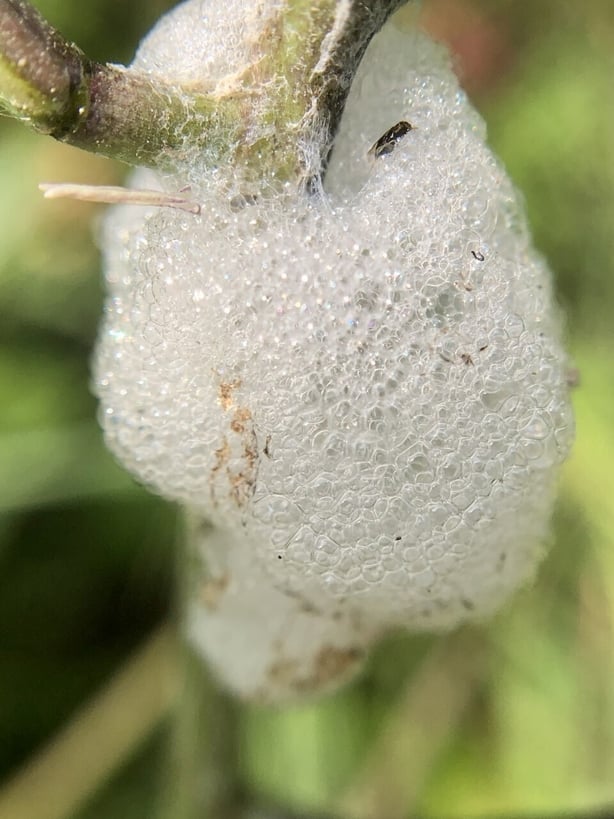
Cuckoo spit is a frothy mass of bubbles, found on plants from April onwards. It is called cuckoo spit because it appears around the same time as the cuckoos return from Africa. Inside each mass of cuckoo spit is a juvenile yellow-green froghopper (or spittle bug). Despite being a sap-sucker, this small bug is is completely harmless to plants. The adult froghoppers (which don't produce any spit) are 6mm long and bright green, with large eyes and a blunt-shaped head, but they're rarely seen because they hop away on their strong back legs at the first sign of danger.
Cowslip:

Another plant that flowers at this time of year is the Cowslip. It is believed that the original name was cowslop, because they are often found where cows have "slopped"! They were a far more common sight many years ago, but they appear to be making a comeback. A good place to find them is along canal banks, like here along the banks of the Royal Canal in Clonsilla, Co. Dublin.
Herring Gull:
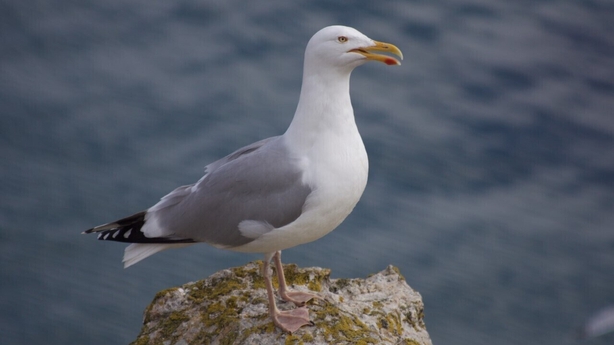
At this time of year all our bids are looking splendid. The males all want to impress the ladies! This herring gull looks stunning. They breed in colonies around the coast and the larges colony is to be found on Lambay island, off the coast of Ireland, with approx. 2,000 nests. But you don’t have to go to the islands to see this pretty bird. You can find them all round our coastline, as well as inland.
Gentian flower:
If you manage to get to the Burren in Ireland over the next month or so, do keep an eye out for the Gentian. The Spring Gentian. This is one of the most beautiful native Irish flowering plants, but please don’t remove it or try to grow it in your own garden. It won’t work. It will die. Remember the old hillwalkers motto:
"Leave nothing but footprints, take nothing but photographs".
